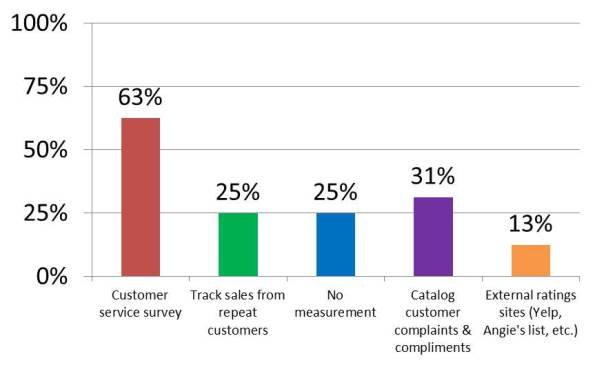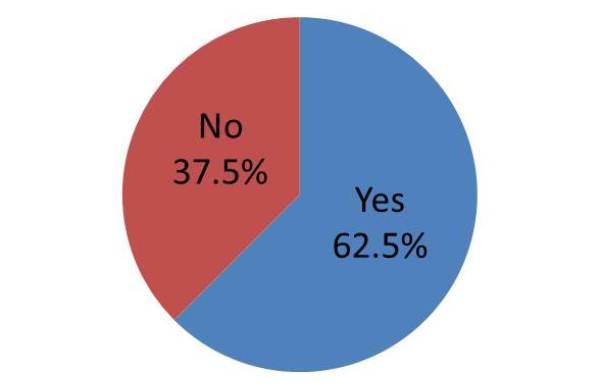The feedback session was going poorly.
A quality assurance analyst was reviewing a contact center agent's calls. The agent was upset about her quality score. The agent bristled at receiving zero points for friendliness.
The analyst pointed out that the agent sounded disinterested. Irritated at times. There was no warmth in her approach.
"Well, that's friendly for me," was the retort.
The analyst was stymied. The agent clearly wasn't friendly. But a specific, observable, and measurable description of “friendly” was elusive.
You might face that problem, too.
Hiring, training, and giving feedback would all be easier if you could accurately measure customer service skills like rapport, listening, or empathy.
In this post, I'll show you how.
Step 1: Identify specific skills
Start by identifying the specific skills you want to measure.
Friendly is an adjective, not a skill. The analyst would have had an easier time if she could focus on the specific skills that made someone seem friendly to a customer.
Customer service skills includes a broad range of skills sets. Here are the big three:
Rapport
Understanding
Solving
There are many skills under these categories. Rapport is most connected to friendliness, so let's go with that for this example.
Step 2: Define each skill
Find a clear definition for each skill that everyone can agree on. Don't assume that everyone has the same understanding.
I frequently turn to the dictionary. Here's a good definition of rapport from the Merriam-Webster dictionary:
a friendly, harmonious relationship
especially : a relationship characterized by agreement, mutual understanding, or empathy that makes communication possible or easy
This definition would have made the feedback session a little easier. The agent did not establish harmonious relationships with her customers. There was no agreement, mutual understanding, or empathy.
It’s a start, but there was still more work to be done.
Step 3: Identify observable behaviors
Make a list of behaviors associated with each skill. You need to make concrete observations if you want to measure a skill.
Let's go back to rapport. What would you need to observe to determine someone was creating a "friendly, harmonious relationship?"
Here are a few things:
Warm tone of voice
Positive phrasing such as "I'd be happy to help you"
Demonstrating sincere interest
Observable behaviors would have made it much easier to explain why the agent wasn't building rapport on her calls.
This is what the quality assurance analyst observed the agent do:
She spoke to customers in a monotone.
Used sharp, abrupt phrases such as "No," or "That's it?"
Displayed no interest in the customer.
See the difference between observations and inferences here:
Step 4: Create a rubric
A rubric is a guide that lists specific criteria for measuring each skill. This includes the level of proficiency.
Here's a sample rubric for the friendly skill:
Step 5: Calibrate
There's still going to be some level of subjectivity with these skills. The final step is to calibrate everyone to the rubric so the team views each skill the same way.
A calibration session should include all stakeholders:
Managers
Recruiters
Trainers
Quality Assurance Analysts
Employees
Here's a method that works well:
Gather the team
Review an interaction (video, call, email, chat, etc.)
Score the skills used in the interaction independently
Compare scores
Discuss differences
The goal is to gain agreement. Everyone should be able to observe the same interaction and give the same score.
Keep calibrating until this consistently happens.
Conclusion
Yes, this takes a lot of extra up front. That's why most people don't do it.
But that extra work has a big pay-off. Making customer skills specific, observable, and measurable invites consistency. You can now:
Hire people for specific skills
Train people to serve customers a certain way
Evaluate performance against objective criteria
Bonus: Discover practical ways to measure customer service training from my LinkedIn Learning course, Measuring Learning Effectiveness.





